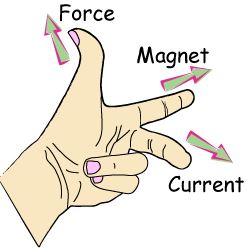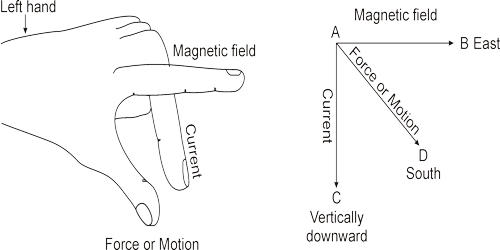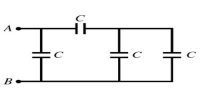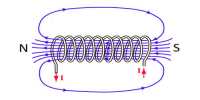The direction of the force on a current-carrying conductor placed in a magnetic field is given by Fleming’s Left Hand Rule. A force is a push or pulls upon an object resulting from the object’s interaction with another object. The direction of the force is in the same direction the object moves. Whenever there is an interaction between two objects, there is a force upon each of the objects. The direction of the force is in the direction opposite the object’s direction of motion. When the interaction ceases, the two objects no longer experience the force. The direction of the force is perpendicular to the direction the object moves. Forces only exist as a result of an interaction. The object doesn’t move.
The forefinger, the middle finger, and the thumb of the left hand are stretched in mutually perpendicular directions. If the forefinger points in the direction of the magnetic field, the middle finger points in the direction of the current, then the thumb points in the direction of the force on the conductor.

The implications of this expression include:
- The force is perpendicular to both the velocity of the charge and the magnetic field.
- The magnitude of the force between the velocity and the magnetic field. This implies that the magnetic force on a stationary charge or a charge moving parallel to the magnetic field is zero.
- The direction of the force is given by the right-hand rule. The force relationship above is in the form of a vector product.
Like velocity, force is a vector. That means that force has both size and direction. For example, think about what happens when you try to make a shot in basketball. To get the ball through the hoop, you must apply the right amount of force to the ball and aim the force in the right direction. If you use too little force, the ball will not reach the basket. If you use too much force, the ball may bounce off the backboard and into your opponent’s hands.













